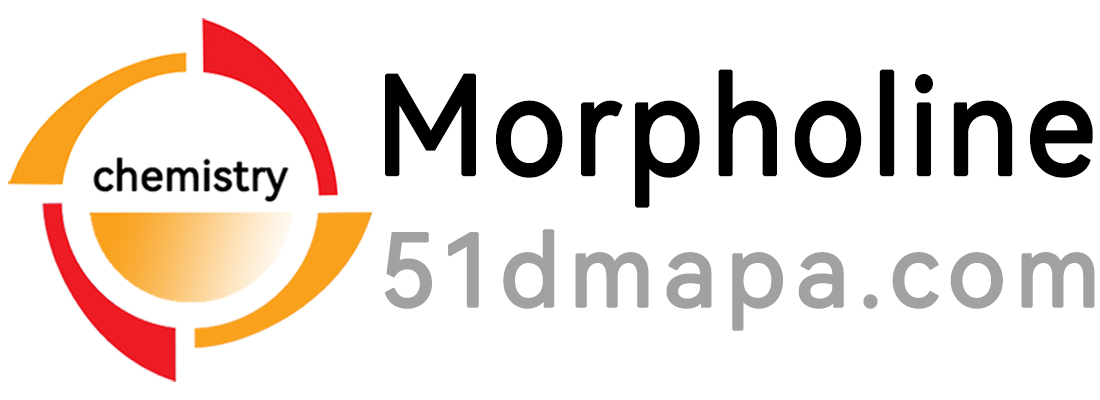
Structural formula
| Business number | 0340 |
|---|---|
| Molecular formula | C8H16 |
| Molecular weight | 112.221 |
| label |
Octene, 1-octene, Standards and samples |
Numbering system
CAS number:111-66-0
MDL number:MFCD00009548
EINECS number:203-893-7
RTECS number:RH2207000
BRN number:1734497
PubChem number:24886756
Physical property data
1. Properties: colorless liquid[1]
2. Melting point (℃): -102[2]
3. Boiling point (℃): 121[3]
4. Relative density (water=1): 0.72[4]
5. Relative vapor density (air=1): 3.9[5]
6. Saturated vapor pressure (kPa): 4.8 (38℃)[6]
7. Heat of combustion (kJ/mol): -5306.2[7]
8. Critical pressure ( MPa): 2.68[8]
9. Octanol/water partition coefficient: 4.57[9]
10. Flash point (℃): 21 (OC) [10]
11. Ignition temperature (℃): 230[11]
12. Explosion upper limit (%): 3.9[12]
13. Explosion lower limit (%): 0.7[13]
14. Solubility: Insoluble in water, soluble in most organic solvents such as ethanol, ether, acetone, petroleum ether, etc. [14]
15. Lennard-Jones parameter (A): 31.90
16. Lennard-Jones parameter (K): 181.0
17. Solubility parameter (J·cm-3)0.5: 15.638
18. Critical density (g·cm -3): 0.24
19. Critical volume (cm3·mol-1): 468
20. Critical compression factor: 0.266
21. Eccentricity factor: 0.375
22. van der Waals area (cm2·mol– 1): 1.181×1010
23. van der Waals volume (cm3·mol-1): 85.230
24. Gas phase standard combustion heat (enthalpy) (kJ·mol-1): -5353.18
25. Gas phase standard claim Heat (enthalpy) (kJ·mol-1): -81.55
26. Gas phase standard entropy (J·mol-1·K-1): 462.54
27. Gas phase standard free energy of formation (kJ·mol-1): 105.67
28. Liquid Phase standard combustion heat (enthalpy) (kJ·mol-1): -5312.93
29. Liquid phase standard claims heat (enthalpy) (kJ·mol-1 ): -121.80
30. Liquid phase standard entropy (J·mol-1·K-1): 360.45 p>
31. Liquid phase standard free energy of formation (kJ·mol-1): 95.86
32. Liquid phase standard hot melt (J·mol -1·K-1):241.21
Toxicological data
1. Acute toxicity No data available
2. Irritation No data available
Ecological data
1. Ecotoxicity No data available
2. Biodegradability No data available
3 .Non-biodegradability[15] In air, when the concentration of hydroxyl radicals is 5.00×105/cm3 When, the degradation half-life is 3.9h(theory).
4. Other harmful effects[16] This substance may be harmful to the environment, and special attention should be paid to water bodies. .
Molecular structure data
1. Molar refractive index: 38.83
2. Molar volume (cm3/mol): 155.6
3. Isotonic specific volume (90.2K ): 339.4
4. Surface tension (dyne/cm): 22.5
5. Dielectric constant (F/m): 2.08
6. Polar Chemical rate (10-24cm3): 15.39
Compute chemical data
1. Reference value for hydrophobic parameter calculation (XlogP): None
2. Number of hydrogen bond donors: 0
3. Number of hydrogen bond acceptors: 0
4. Number of rotatable chemical bonds: 5
5. Number of tautomers: none
6. Topological molecule polar surface area 0
7. Number of heavy atoms: 8
8. Surface charge: 0
9. Complexity: 46
10. Number of isotope atoms: 0
11. Determine the number of atomic stereocenters: 0
12. Uncertain number of atomic stereocenters: 0
13. Determine the number of chemical bond stereocenters: 0
14. Number of uncertain chemical bond stereocenters: 0
15. Number of covalent bond units: 1
Properties and stability
1. Stability[17] Stable
2. Incompatible substances[18] Strong oxidants, acids, halogenated hydrocarbons, halogens, etc.
3. Conditions to avoid contact[19] Heating
4. Aggregation hazards[20] Aggregation
Storage method
Storage Precautions[21] Store in a cool, ventilated warehouse. Keep away from fire and heat sources. The storage temperature should not exceed 37℃. The packaging must be sealed and must not come into contact with air. They should be stored separately from oxidants and acids, and avoid mixed storage. It should not be stored in large quantities or for long periods of time. Use explosion-proof lighting and ventilation facilities. It is prohibited to use mechanical equipment and tools that are prone to sparks. The storage area should be equipped with emergency release equipment and suitable containment materials.
Synthesis method
It is prepared by reacting pentane bromide with metal magnesium first and then reacting with propylene bromide. First use metallic magnesium, anhydrous ether, and methyl iodide to synthesize the Grignard reagent, then add the mixture of bromopentane and anhydrous ether under boiling conditions, and reflux for 2 hours after the addition. Then gradually add the ether mixture of propylene bromide. When the reaction is stable, reflux for another 1 hour, and then add water to decompose it. After the ether layer is separated, the ether is recovered, the residue is fractionated, and the fraction with a boiling point of 115-123°C is collected as the crude product. Add metallic sodium to the crude product and reflux for 2 hours, cool and filter, and then undergo high-efficiency fractionation. The fraction at the collection point of 121-122.5°C is the finished product.
Purpose
Used as solvent, organic synthesis, and preparation of plasticizer and surfactant. [22]



